Vijayanagara Visions: Religious Experience and Cultural Creativity in a South Indian Empire
Each civilization has visions at its roots. The Indic Civilization is partly rooted in the worldview sung by the Rishis in the Vedas. Focusing on the importance of seeing the sacred forms of the Divine in Bhakti, Vijayanagara Visions explores new ideas about religious imagination. By considering the visual images which the South Indian singer-saints, poets, and others left recorded in their lyrics, verses, stone carvings, and stories, the author explores the religious ideas and visions that engaged and inspired these culturally creative figures. William J. Jackson discusses two specific themes--patterns shared in the culture of Bhakti and visionary experiences of saints. There are vivid phrases, ideas, images, and melodies that echo in the lyrics of the singer-saints across the different regions and centuries. Jackson investigates these patterns and the persistent continuities in the Bhakti tradition. The author reflects on the lives and works of saints such as Vidyaranya, Purandaradasa, Jayatirtha, Vedanta Deshika, Potana, Vemana, Kanakadasa, Annamacharya, Appaya Dikshita, and Badhrachalam Ramadas. He highlights their unique contributions through biographies and translations of selections from their works. Not only does this book focus on writings from the 14 to 16 centuries, it also includes the author's insights on vision in the contemporary world and a chapter tracing the theme of religious vision to influential precedents in the Rig Veda. Illustrated with both traditional and original visuals, this innovative study of significant visionary aspects of Hinduism will interest scholars and students of South Indian religion, culture and history, especially those concerned with the Vijayanagara Empire and the Bhakti Movement. It will also appeal to readers interested in religious biographies, music, fractal geometry, psychology, and literature translated from South Indian languages, especially Telugu and Kannada.
Get it now and save 10%
BECOME A MEMBER



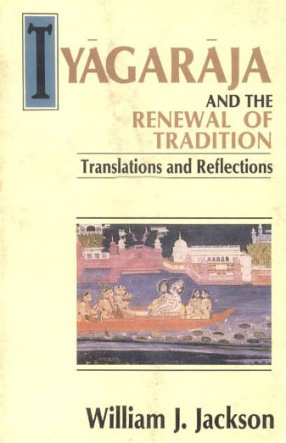

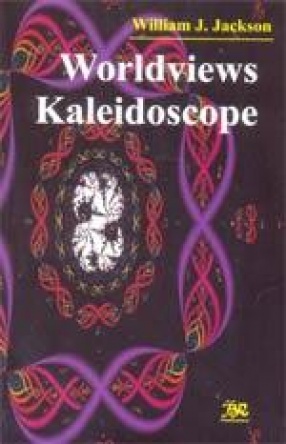
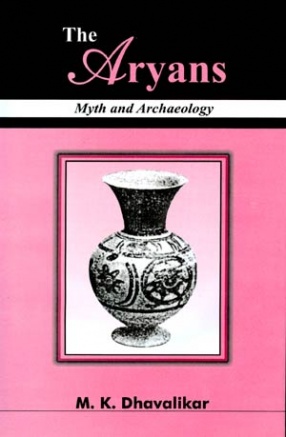
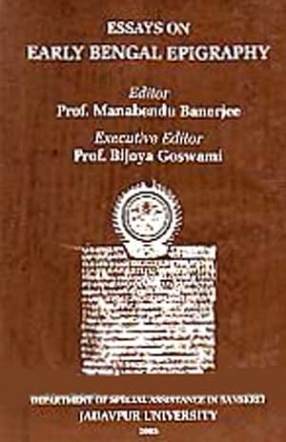
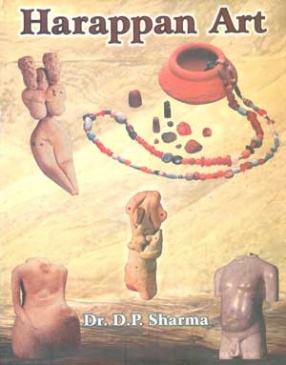


Bibliographic information